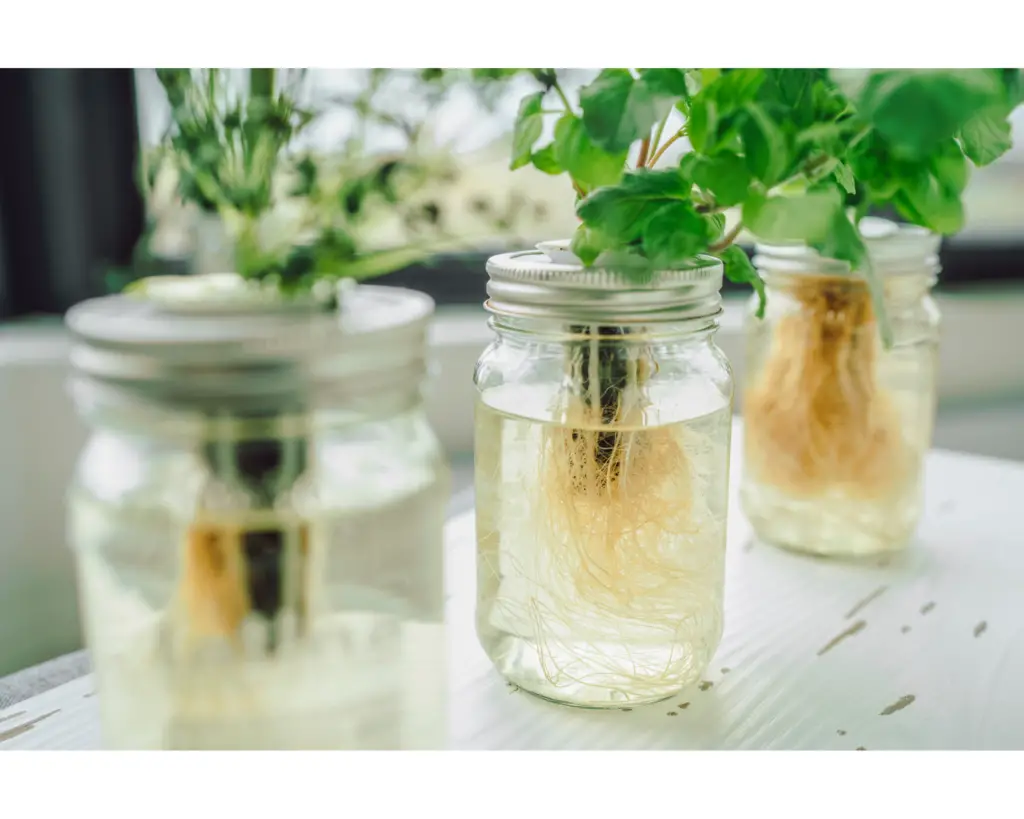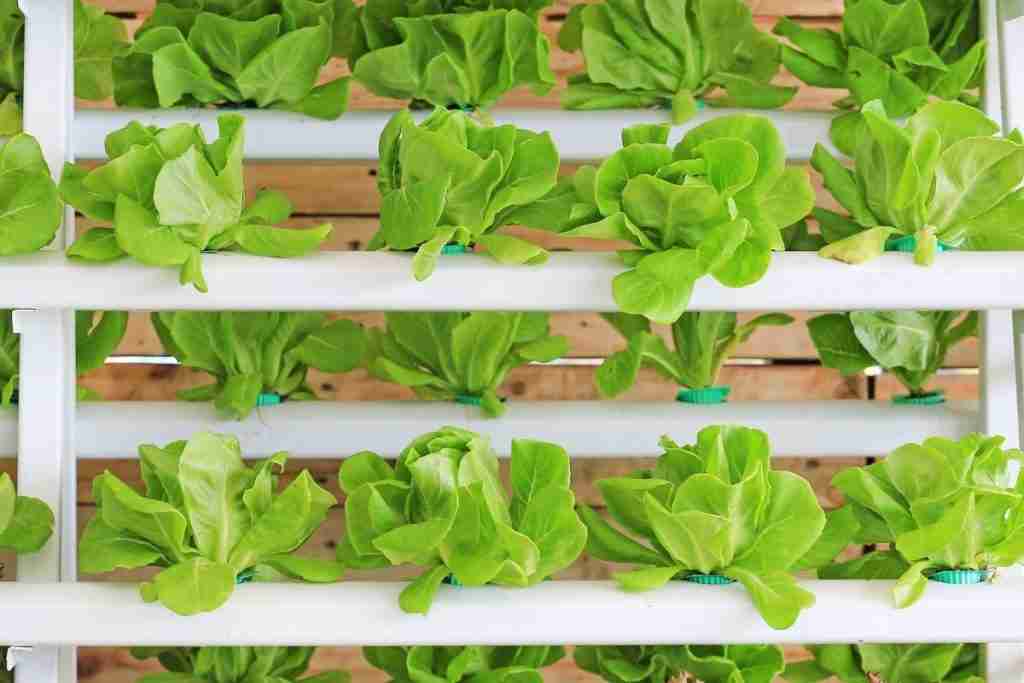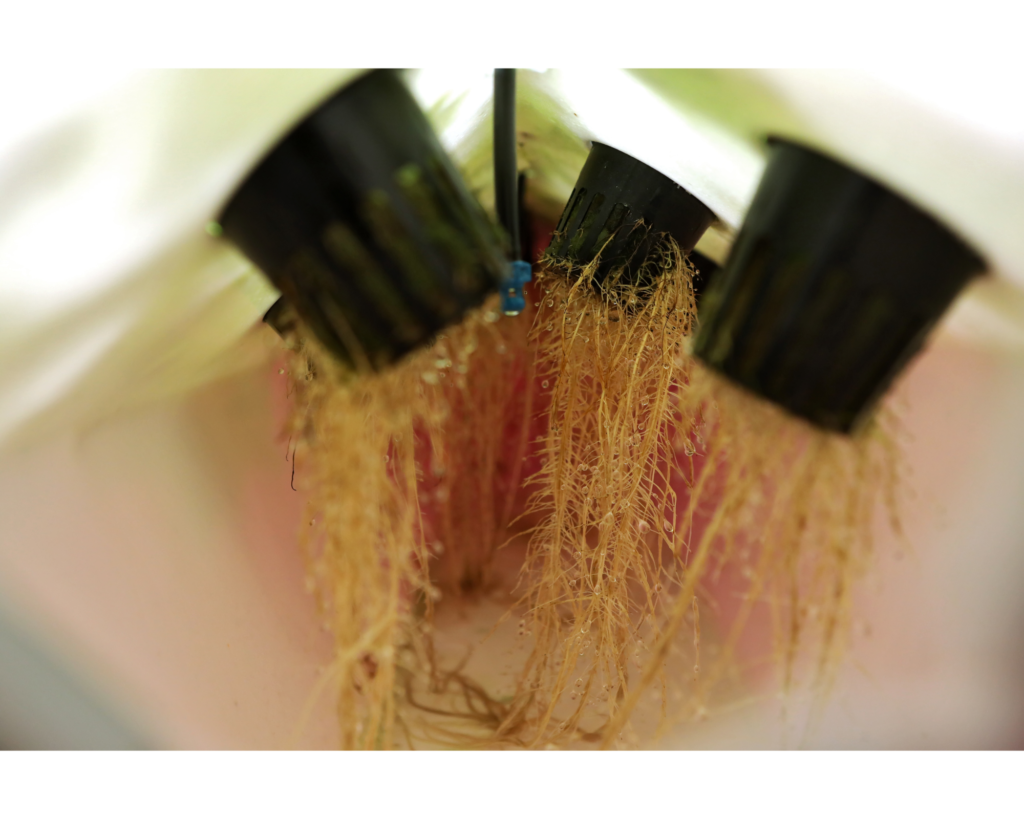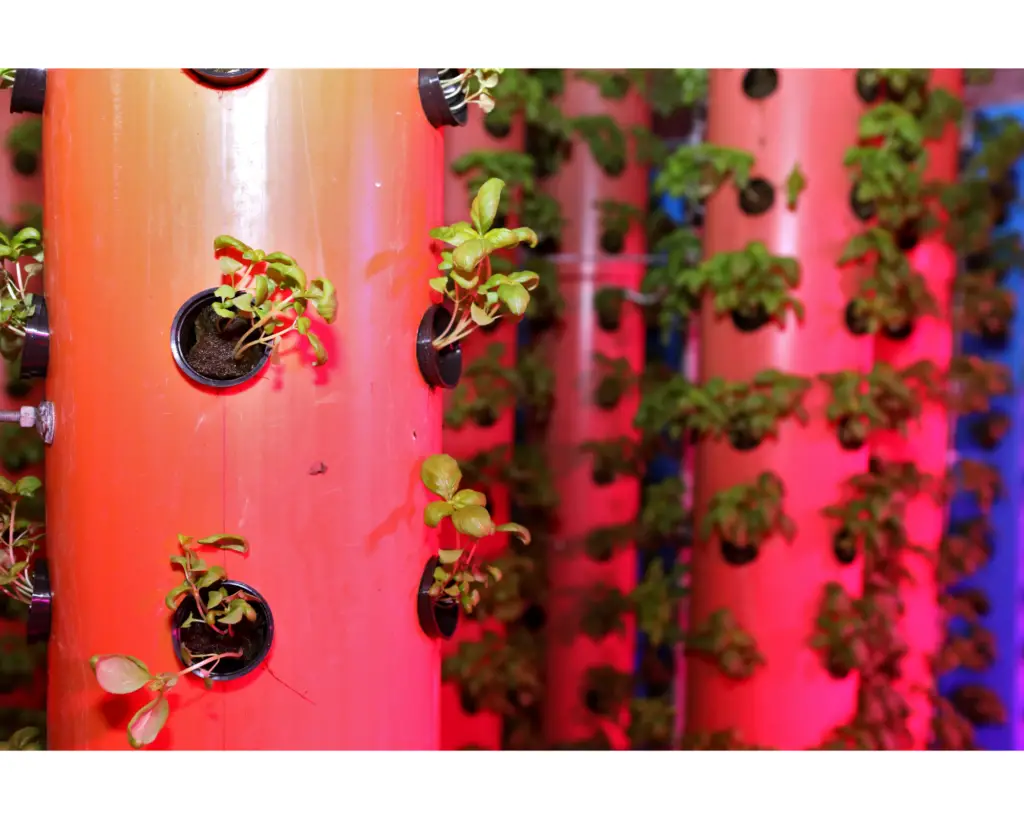In recent years, there has been a growing interest in sustainable agriculture and innovative ways to grow food efficiently. One of the most revolutionary techniques is hydroponics, which allows for the cultivation of plants without soil, using nutrient-rich water as the growing medium. Hydroponics offers numerous advantages over traditional soil-based gardening, making it an excellent choice for indoor gardening. In this article, we will explore the concept of hydroponics, its benefits, the different systems available, and how to set up and maintain a successful indoor hydroponic garden.
Table of Contents
Understanding Hydroponics
Hydroponics, derived from the Greek words “hydro” (water) and “ponos” (labour), involves growing plants in a water-based solution containing dissolved essential nutrients. This method eliminates the need for soil, allowing plants to absorb nutrients directly from the water. The roots are supported using various inert materials like rockwool, perlite, clay pellets, or coco coir, ensuring adequate aeration and stability for optimal growth.
Advantages of Hydroponics for Indoor Gardening
Space Efficiency: Indoor hydroponic systems are incredibly space-efficient, making them ideal for urban dwellers and those with limited gardening areas. By eliminating the need for soil, hydroponic setups can be placed on shelves, walls, or even in vertical arrangements.
Water Conservation
Hydroponics uses significantly less water compared to traditional soil-based gardening. The system recirculates water, reducing water wastage and ensuring that plants receive precisely the amount they need to thrive.
No Soil-Borne Diseases
Soil can host various pathogens that harm plants. Hydroponics avoids this issue, creating a cleaner environment that reduces the risk of disease and pests.
Faster Growth and Higher Yields
With direct access to nutrients, plants in hydroponic systems grow faster and yield more abundant crops compared to conventional methods.
Year-Round Gardening
Indoor hydroponics allows for year-round gardening, irrespective of external climate conditions. This feature is especially advantageous in regions with harsh winters or extreme weather conditions.
Controlled Environment
Indoor hydroponic gardens provide complete control over environmental factors such as temperature, humidity, and light. This control allows for the optimization of plant growth and tailored conditions for specific plant varieties.
Types of Hydroponic Systems for Indoor Gardening
There are several types of hydroponic systems suitable for indoor gardening, each offering unique advantages. Let’s explore some of the most popular ones:
Deep Water Culture (DWC)
In this simple yet effective system, plant roots are suspended in a nutrient solution with an oxygenating air stone. The roots receive constant access to nutrients and oxygen, leading to rapid growth. DWC is an excellent choice for beginners due to its ease of setup and maintenance.
Nutrient Film Technique (NFT)
NFT involves a continuous flow of a thin film of nutrient solution over the roots. The roots take up the necessary nutrients while the excess solution is collected and recirculated. NFT systems are popular for growing small, fast-growing plants like lettuce and herbs.
Ebb and Flow (Flood and Drain)
This system intermittently floods the root zone with nutrient solution and then drains it away. The periodic flooding ensures the roots receive both nutrients and oxygen, promoting healthy plant growth. Ebb and Flow systems are versatile and can accommodate a wide variety of plant types.
Drip System
In a drip hydroponic system, a timer-controlled pump delivers nutrient solution to the base of each plant through tubing and drippers. The excess solution is collected and reused, making it a water-efficient option for indoor gardening.
Aeroponics
This advanced hydroponic system suspends plant roots in the air and mists them with a nutrient solution. The fine mist ensures roots are adequately oxygenated, promoting fast growth and high yields. Aeroponics is highly efficient but requires precise monitoring and maintenance.
Setting Up an Indoor Hydroponic Garden
- Selecting a Suitable Space: Choose a well-lit area near a window or invest in artificial grow lights to provide adequate light for your plants.
- Choosing the Right System: Consider your available space, budget, and the types of plants you want to grow when selecting a hydroponic system.
- Gathering Equipment and Supplies: Depending on the chosen system, acquire the necessary equipment, including containers, pumps, growing medium, nutrients, and pH testers.
- Preparing the Nutrient Solution: Follow the instructions provided with your hydroponic nutrient solution to create a balanced mixture suitable for your plants’ growth stages.
- Planting and Transplanting: Start seeds in rockwool cubes or other suitable media, and once they develop healthy roots, transplant them into the hydroponic system.
- Monitoring and Maintenance: Regularly check pH levels, nutrient concentration, and water levels to ensure optimal conditions for plant growth. Clean the system periodically to prevent clogs and algae growth.
Conclusion
Hydroponics offers an innovative, sustainable, and efficient approach to indoor gardening. By eliminating the need for soil and using a nutrient-rich water solution, hydroponics allows for year-round cultivation of various plants, regardless of external weather conditions. The space-saving nature, water conservation, and higher yields make hydroponics an attractive option for urban gardeners and anyone interested in sustainable agriculture. With the right setup and maintenance, an indoor hydroponic garden can provide a fulfilling and rewarding gardening experience while contributing to a greener and more sustainable future.





